|
Okay, belay the antelope. There are no antelope at Paynes Prairie. But there IS an actual prairie near Gainesville, Florida. Go figure. Where the buffalo roam even. We made it home for a couple of days before New Year's. Paynes Prairie was the state's first state park. It's also the subject of one of the great early narratives about nature in the New World. In 1773, William Bartram traveled south from Philadelphia, sketching and making extensive notes that became Bartram's Travels, first published in 1791 by James and Johnson in Philadelphia.
Exerpt from page 128 THE alligator when full grown is a very large and terrible creature, and of prodigous strength, activity and swiftness in the water. I have seen them twenty feet in length, and some are supposed to be twenty-two or twenty-three feet; their body is as large as that of a horse; their shape exactly resembles that of a lizard, except their tail, which is flat or cuniform, being compressed on each side, and gradually diminishing from the abdomen to the extremity, which, with the whole body is covered with horny plates or squammae, impenetrable when on the body of the live animal, even to a rifle ball, except about their head and just behind their fore-legs or arms, where it is said they are only vulnerable.
3 Comments
Newnans Lake Windsurfing
1/4/2017 08:33:36 am
Thank you for the very great description and photos. That short stretch of 441 from UF to Micanopy has stayed the same, since forever, even as Gainesville has been cement mixer carpet-bombed unrecognizable. Perhaps one reason why may be its proximity to the sensitive slow-flowing river Paynes Prairie. After the nature, plus a proper flogging in Micanopy's enjoyable tourist traps, fambly members must try the Butterfly Rainforest at the Fla Natural History Museum, plus the Harn right next door !
Reply
Amy
1/4/2017 02:57:30 pm
Thank you, Newnans, for stopping by and commenting.
Reply
Herman Herzog
1/5/2017 09:49:55 am
The Harn's Florida landscapes have sent more people running to Paynes than even the google! And the musee next door is all about folks better appreciating the Prairie. Great eye-opening blog ! Leave a Reply. |
About the Blog
A lot of ground gets covered on this blog -- from sailboat racing to book suggestions to plain old piffle. FollowTrying to keep track? Follow me on Facebook or Twitter or if you use an aggregator, click the RSS option below.
Old school? Sign up for the newsletter and I'll shoot you a short e-mail when there's something new.
Archives
June 2024
Categories
All
|
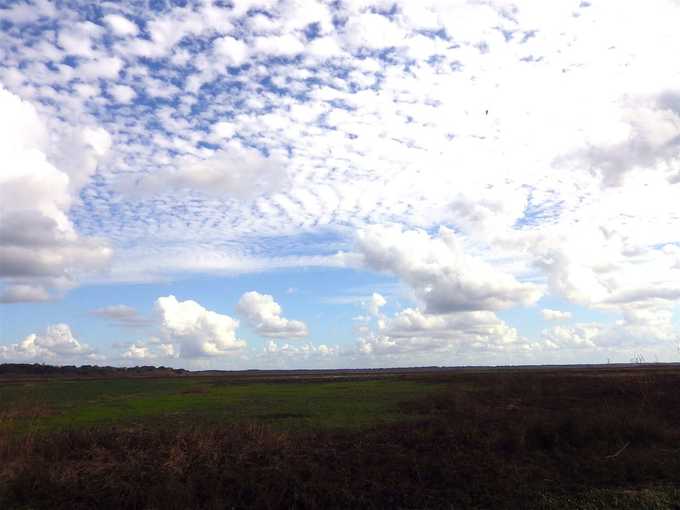
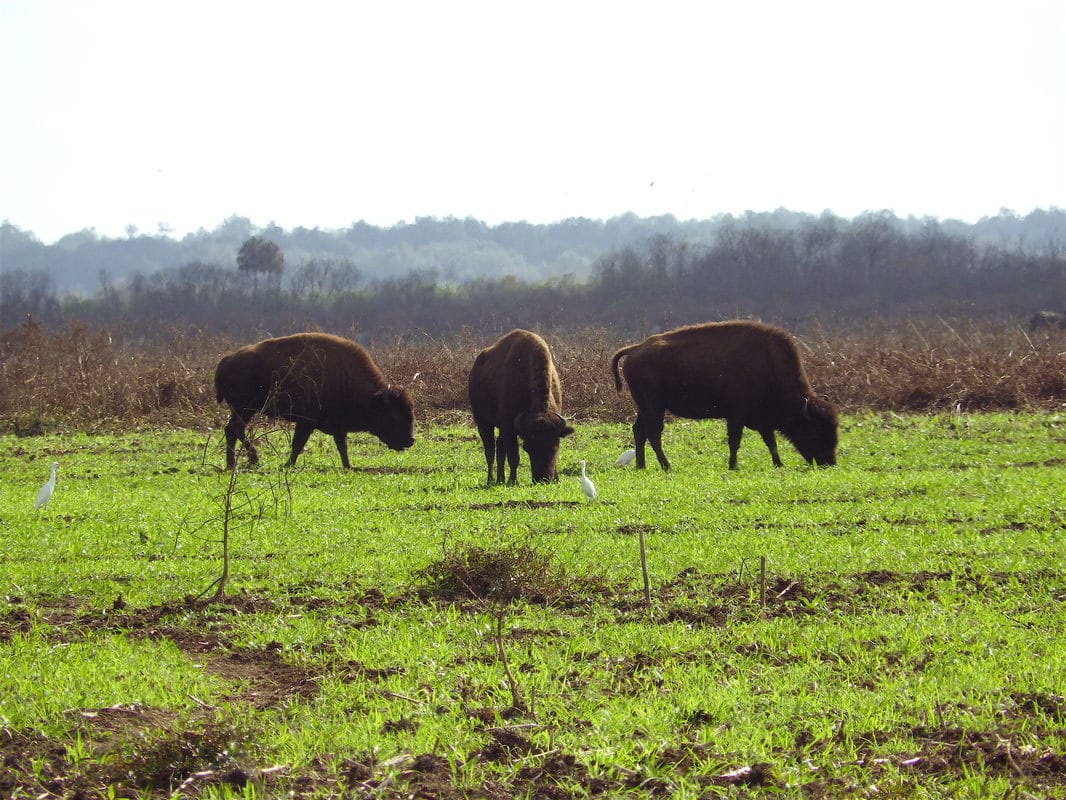
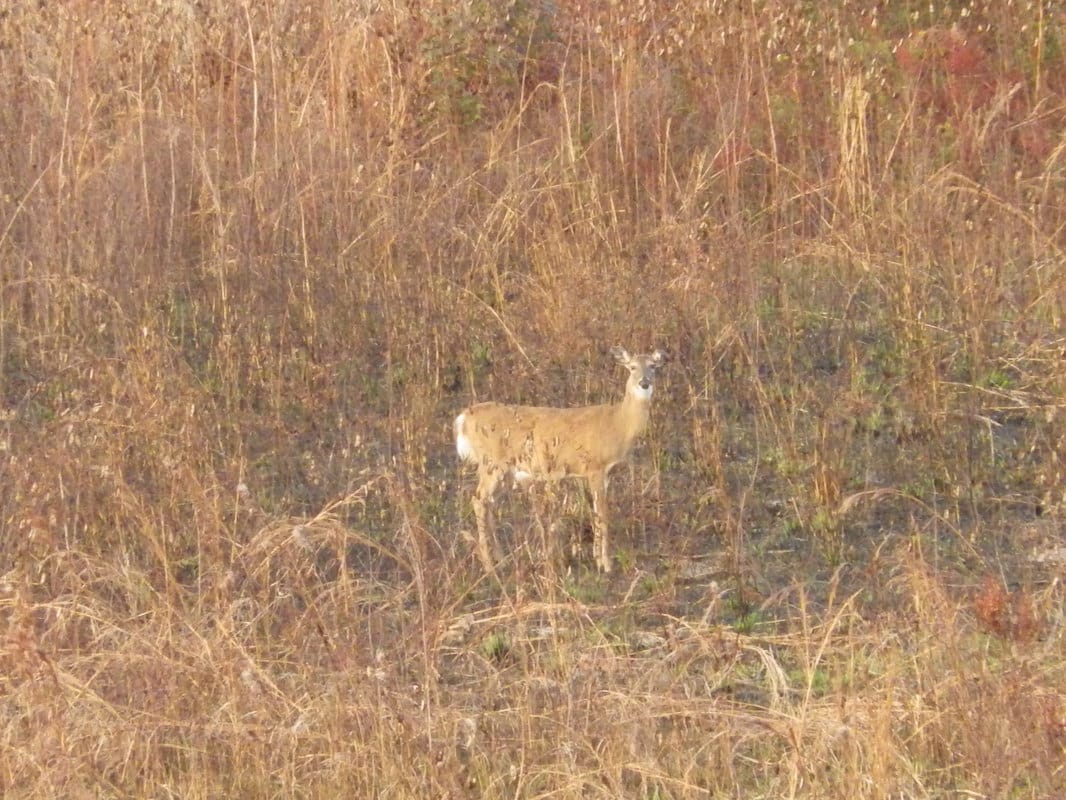
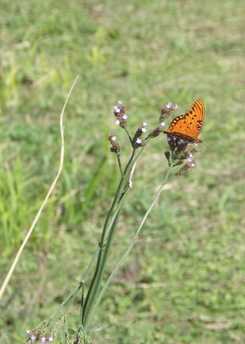
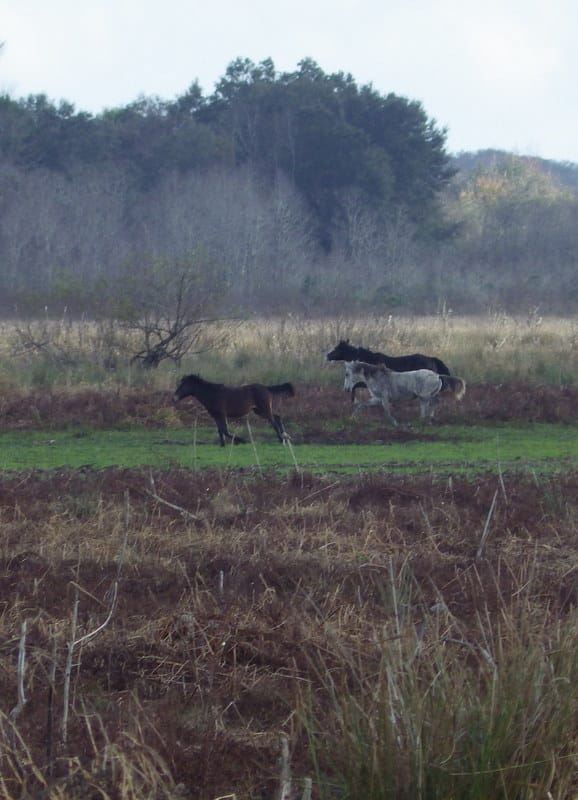
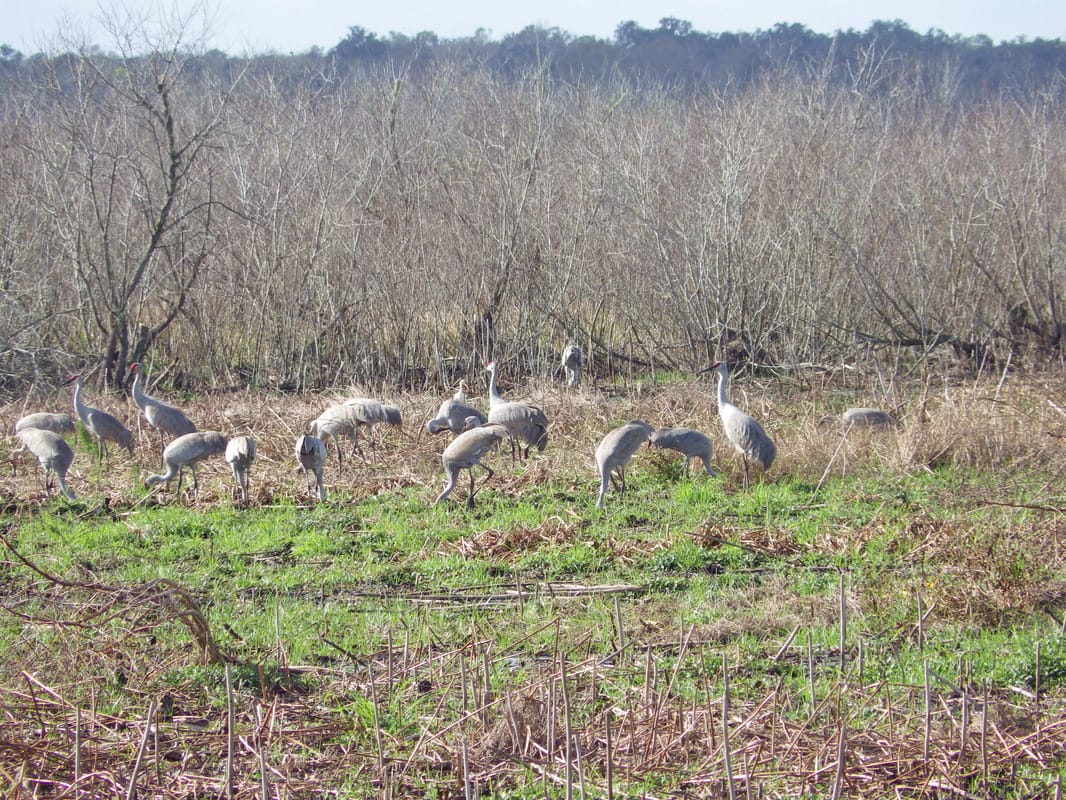
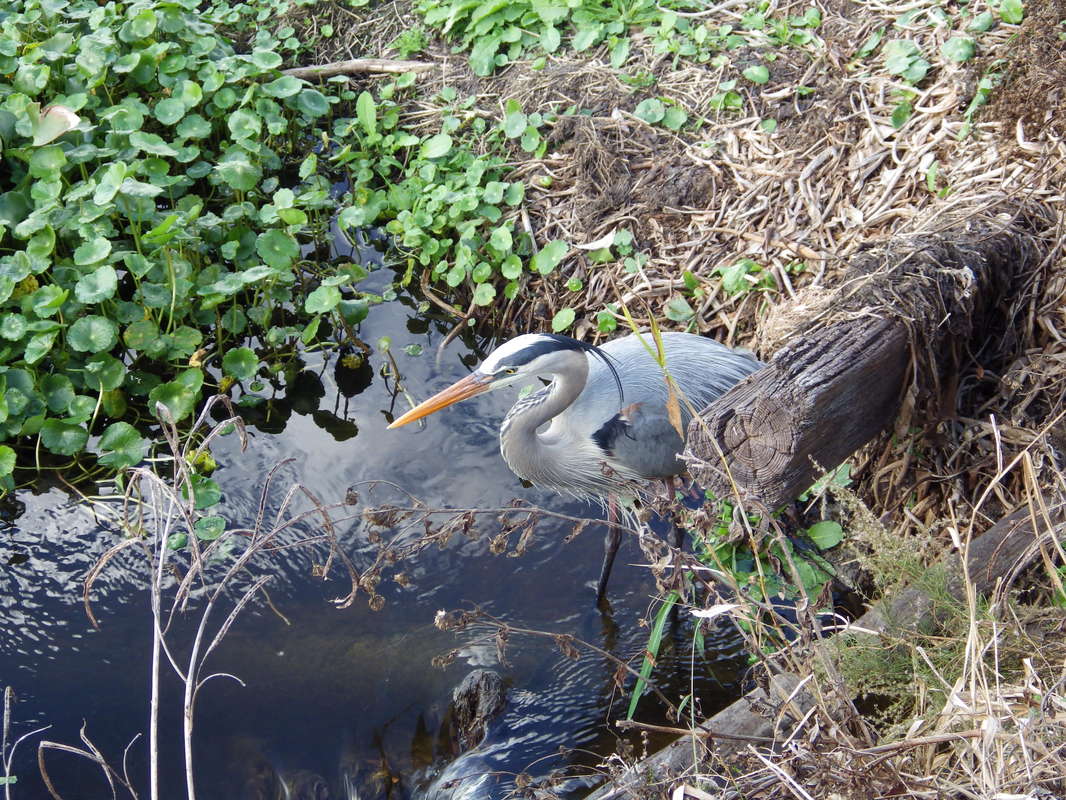
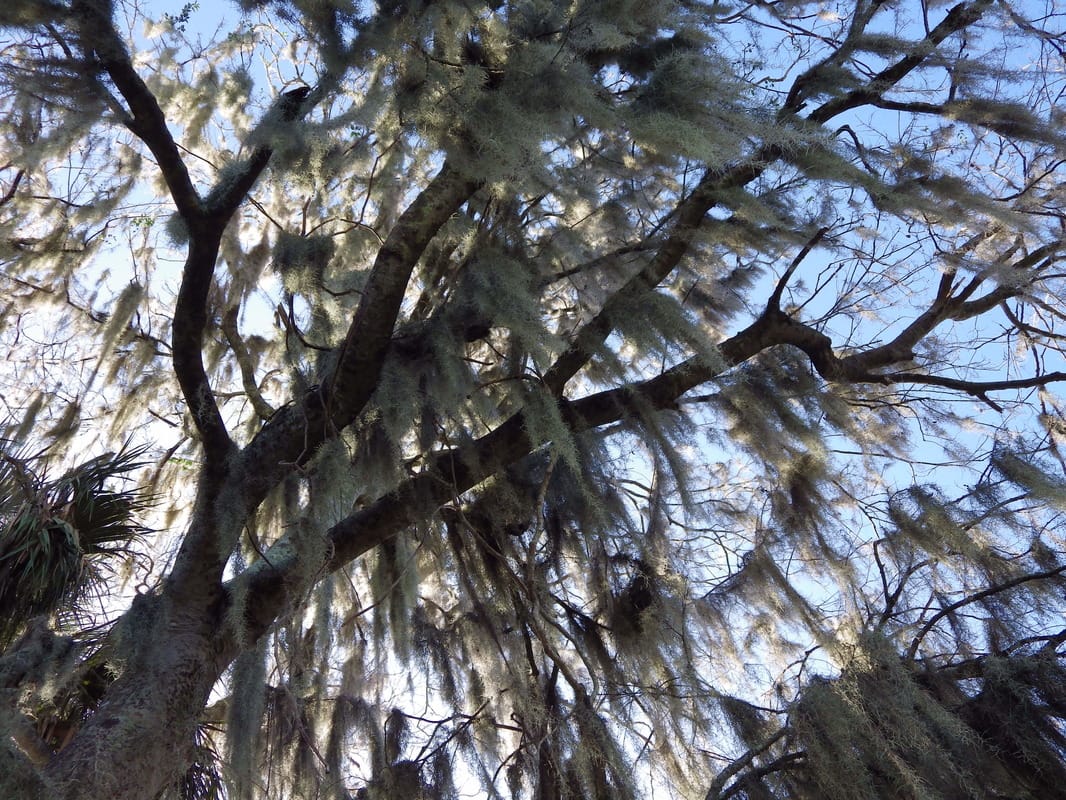
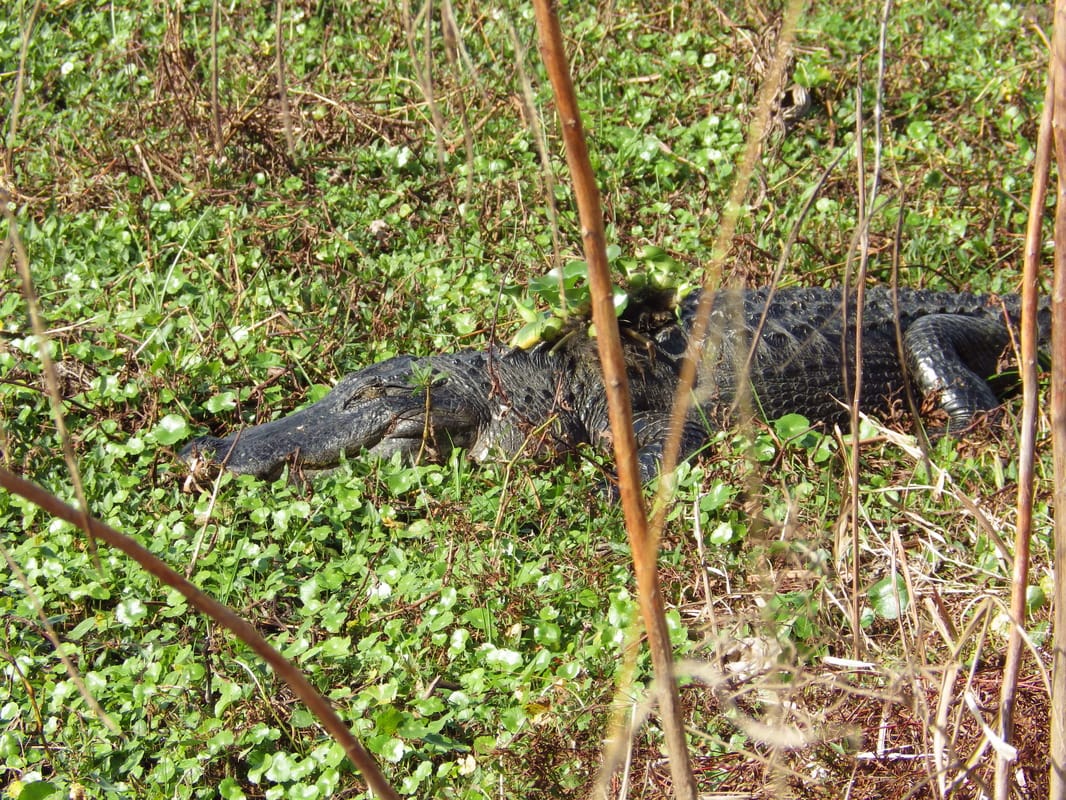
 RSS Feed
RSS Feed
